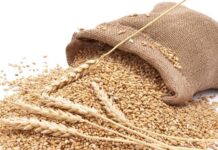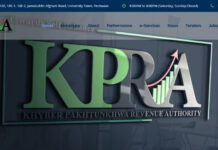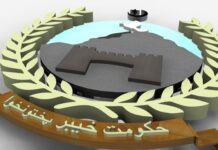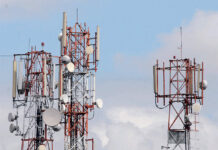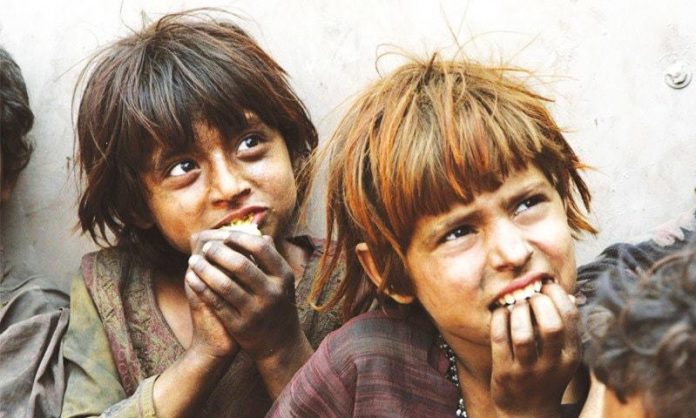ISLAMABAD
Though the government claims to take historic initiatives for betterment of common man through programs like Benazir Income Support Programme (BISP), Pakistan Poverty Alleviation Fund (PPAF), Microfinance Initiatives (MFIs), Pakistan Bait ul Mal (PBM) and Prime Minister’s National Health Programme (PMNHP), the social sector has largely been neglected in the past few budgets.
According to analysts, in the social sector, the allocations for education and social safety nets can directly impact the lives of the poor and lower middle class. The allocations for education during past few years of the present government are contradictory to the policy target of spending 7 per cent of GDP for education as set in National Education Policy 2009 and the forgotten political promise of the incumbent government to spend 4per cent of GDP on education.
Current education budget for 2016- 17 was Rs 84.201 billion and development education budget was Rs 24.77 billion. For FY 2017-18, Rs 132.521 has been allocated for education.
The problem does only not lie in the low allocation but the real issue lies in the release of the education budget. One-third of the schools do not actually receive development funds allocated for them before the close of fiscal year. Besides, only half of the schools which receive funds, do not receive them within the first two quarters.
Social Safety Nets are not limited to public spending incurred in lieu of BISP, PPAF, MFIs, PBM, and PMNHP. Pakistan Economic Survey 2016-17 mentions some achievements of BISP like reduction in poverty gap by 7 percentage points amongst the BISP beneficiaries, increase in consumption expenditure by Rs 187, increase in adult food expenditure by Rs 69 per month. Similarly, it lifts about the increase of cash transfers to Rs 115 billion in FY 2016-17 from Rs 102 billion in FY 2015-16 and increases of target beneficiaries to 5.42 million till March 2017 from 5.29 million beneficiaries in FY 2015-16. Quarterly cash grant per family has also risen from Rs 4,700 in FY 2015-16 to Rs 4,834 in FY 2016-17. For the FY 2017-18, Rs 121 billion has been allocated to target 5.5 million beneficiaries.
“But, if one takes into account the increase in food inflation by 3.9 per cent during July-April period of FY-17 as compared to 2.1 per cent during the comparable period in FY 2015-16, the increase in cash transfer grants by Rs 134 seems ineffective. Similarly, the decrease in poverty and increase in consumption expenditures coincide with the fall in commodity and oil prices and an upward shock in either one of these can lead to a rise in transient poverty in the short run and chronic poverty in the long run,” the analysts claimed.
According to analysts, the government should think about including more hospitals on its panel. As the eligibility criteria for the health program is based on the poverty survey conducted under BISP, which tells that almost all the empanelled hospitals are located in the urban centres. A focus on extending the list of rural-based health facilities is needed.



